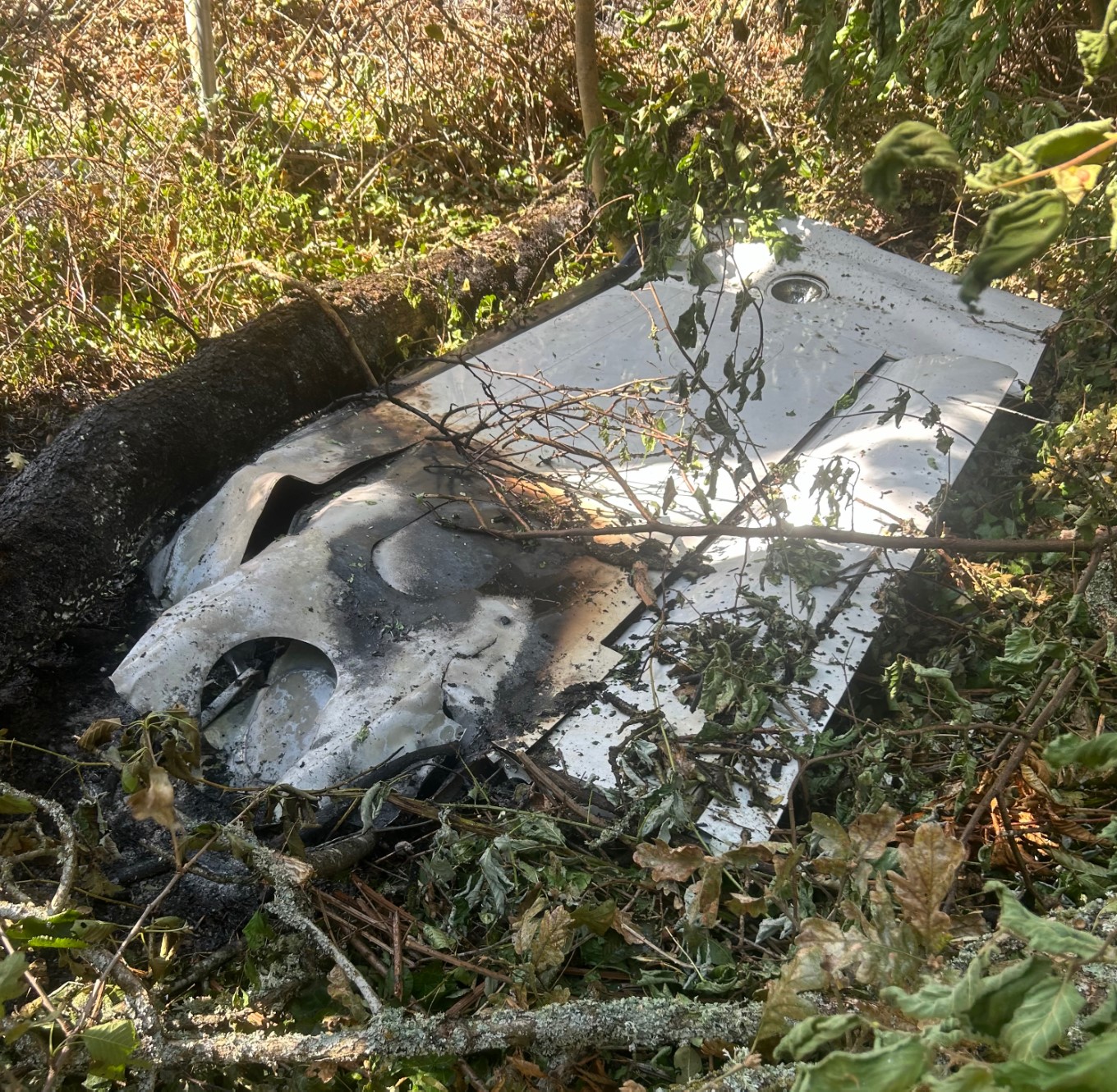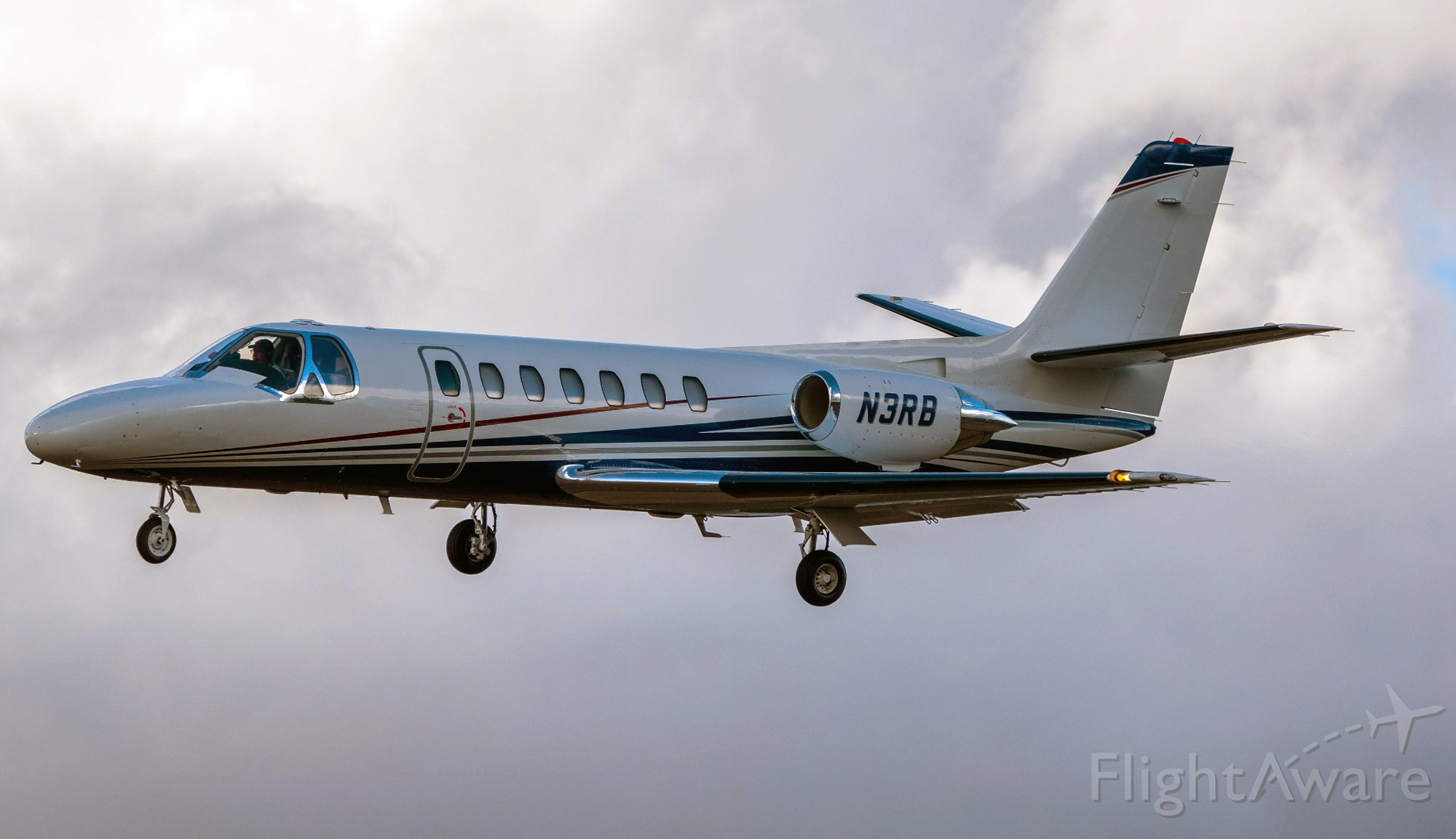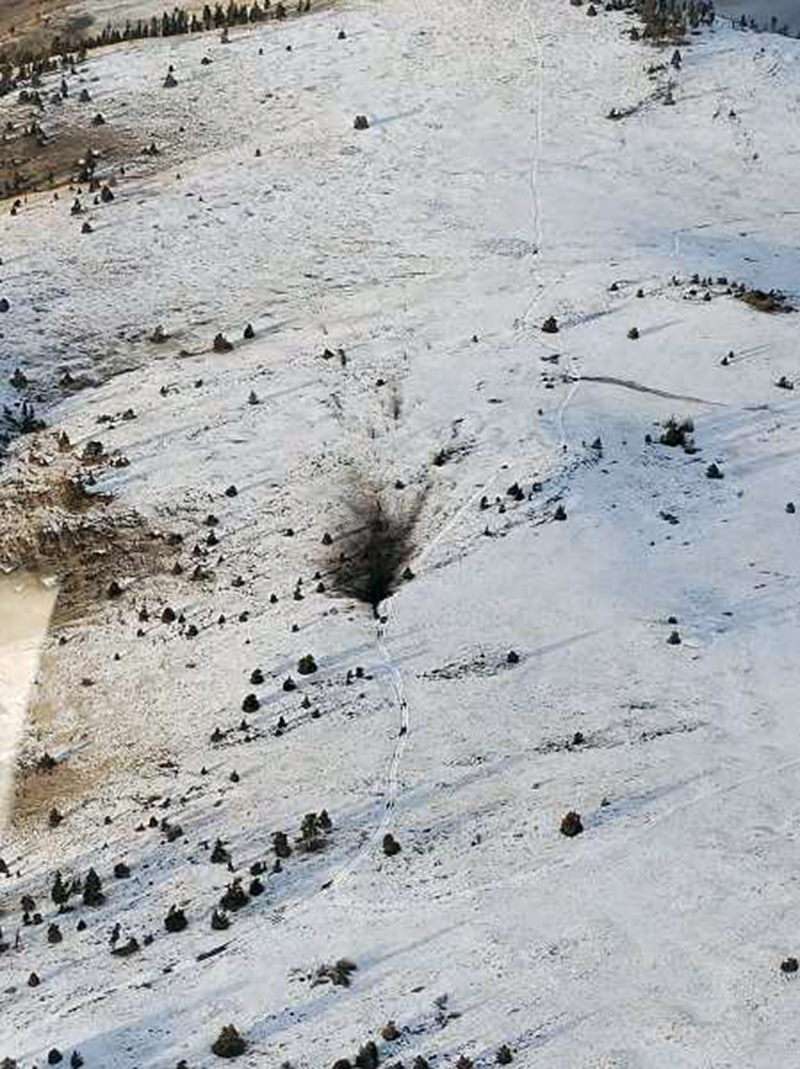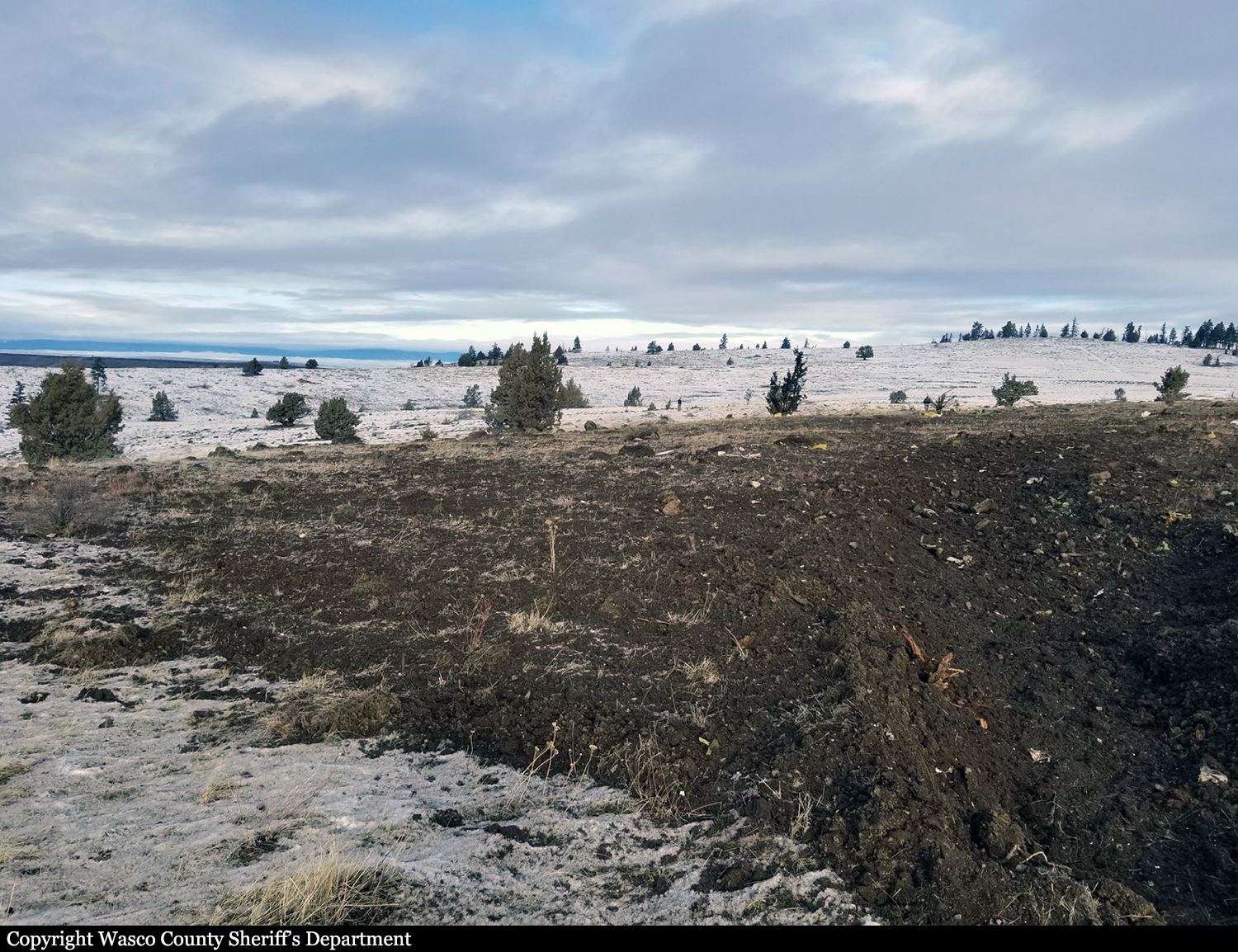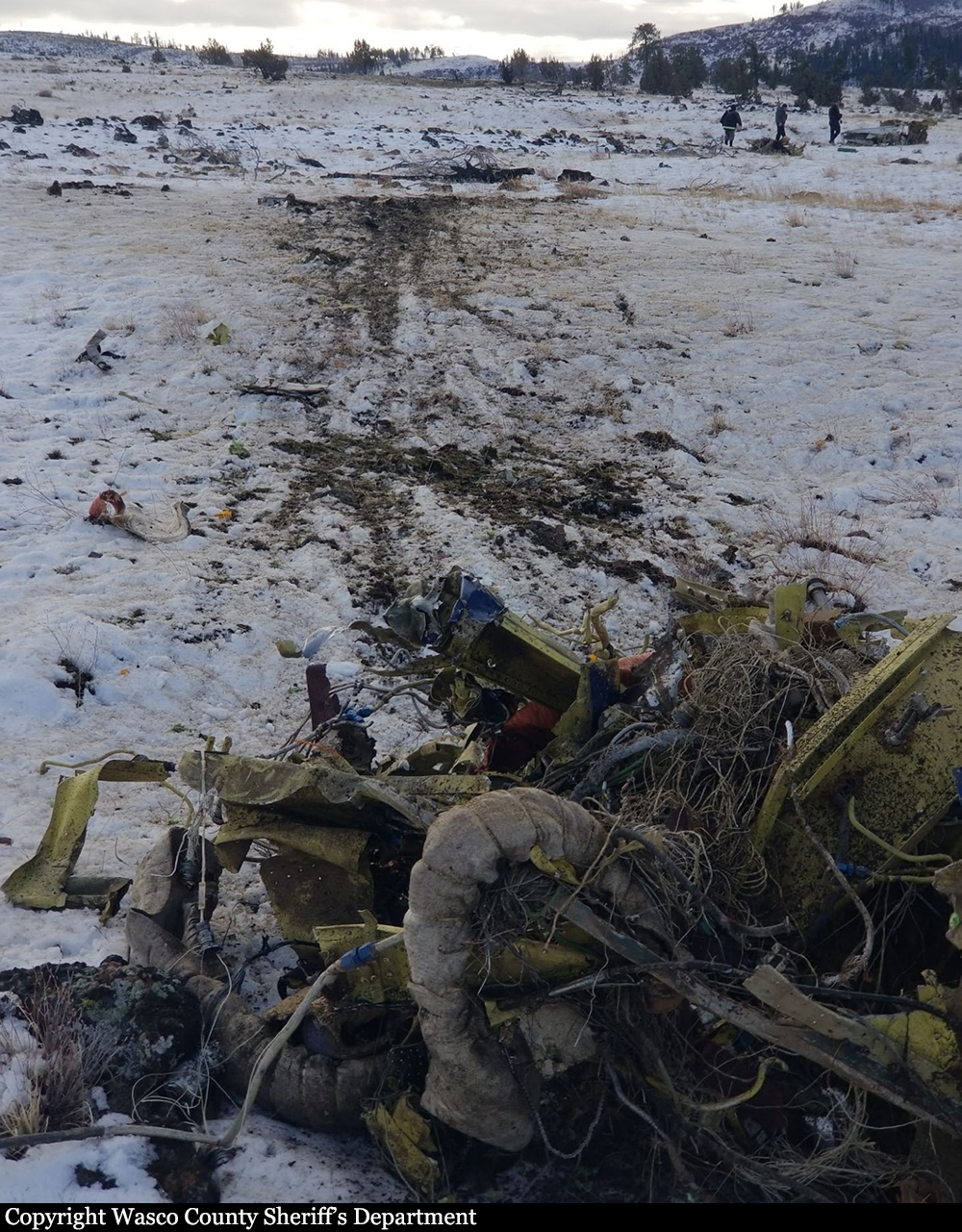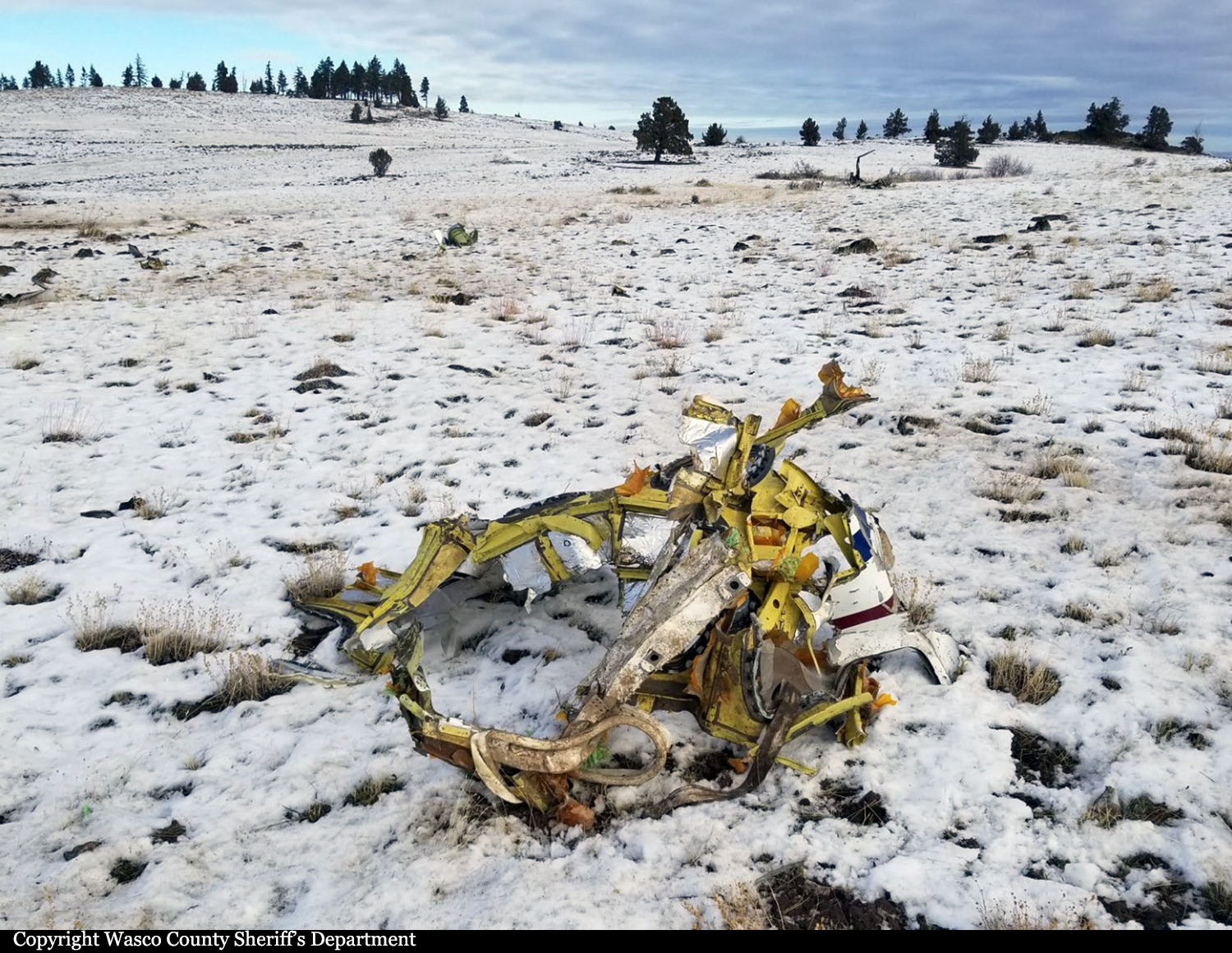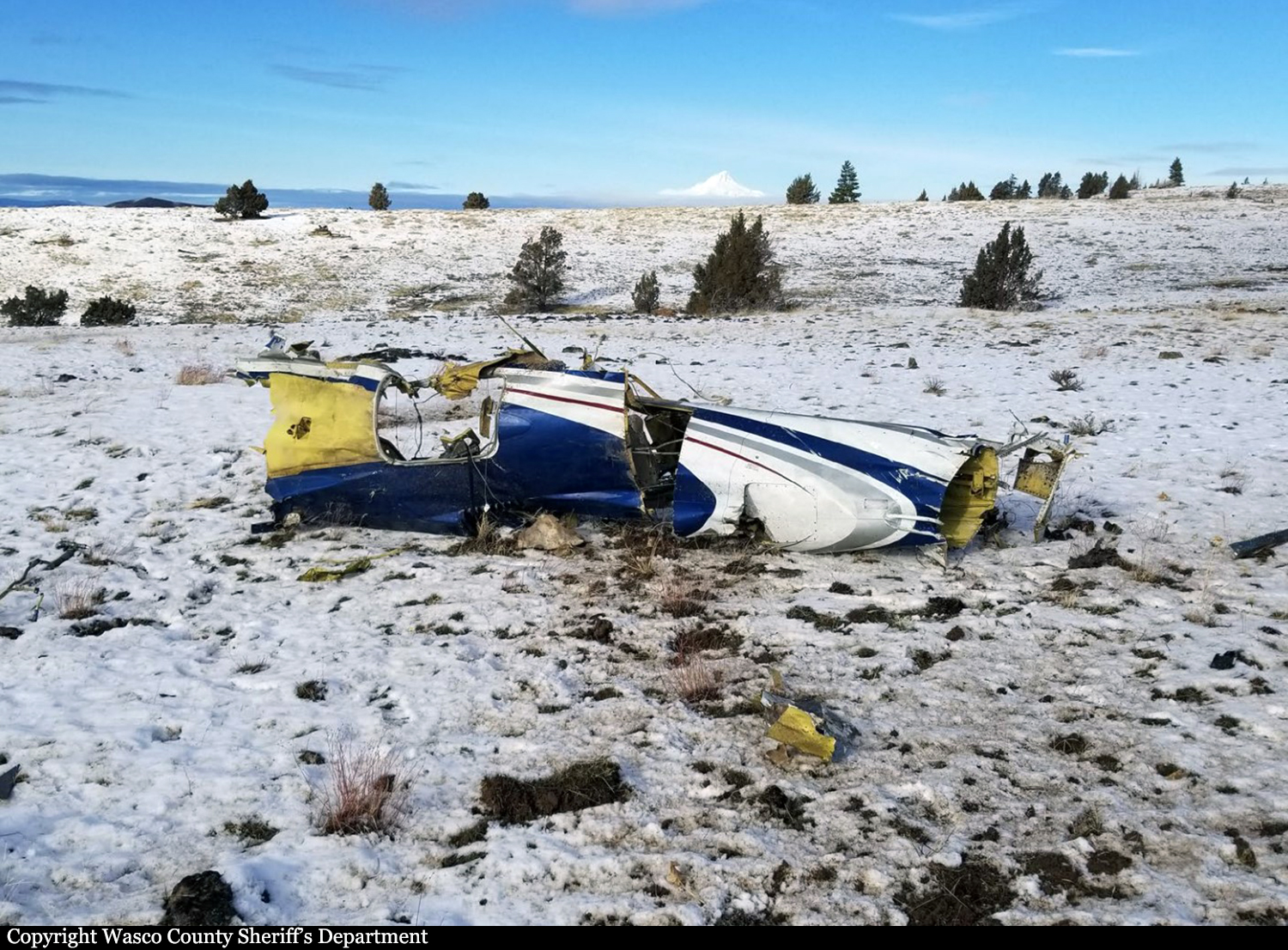Crash of a Cessna 421C Golden Eagle III Troutdale: killed
Date & Time:
Aug 31, 2024 at 1020 LT
Registration:
N421GP
Survivors:
No
Schedule:
Troutdale - Saint George
MSN:
421C-0259
YOM:
1977
Crew on board:
2
Crew fatalities:
Pax on board:
0
Pax fatalities:
Other fatalities:
Total fatalities:
3
Circumstances:
After takeoff from runway 25 at Troutdale Airport, the twin engine airplane climbed to an altitude of 1,700 feet when the pilot was contacted by ATC about the fact that his altitude was well above the VFR altitude restrictions for the Gresham-Troutdale area. The pilot reported handling problem when the airplane entered an uncontrolled descent and crashed onto a house located in Fairview, about two km southwest from runway 07 threshold, bursting into flames. Both occupants as well as one people in the house were killed. The airplane was en route to Saint George, Utah.

